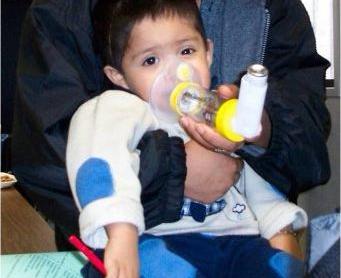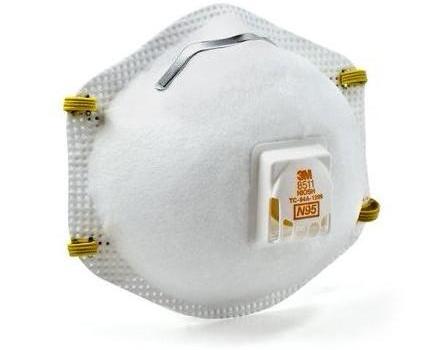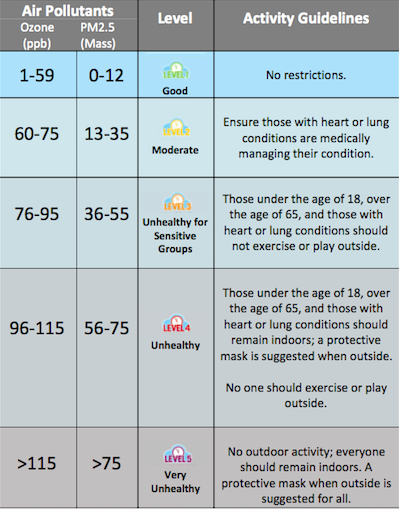KNOW THE AIR
VIDEO
Air Pollution 101: The San Joaquin Valley's Public Health Crisis
About Video
This video unpacks the San Joaquin Valley’s air pollution problem:
-
Why our air has become the worst in the nation?
-
What are we breathing in?
-
How it affects our health?
-
Who is responsible for making sure our air is safe to breathe?
-
Some tips on staying safe, and
-
the role of environmental justice, or EJ, in our work for cleaner air and healthier communities.
Contaminación del aire 101: la crisis de salud pública del Valle de San Joaquín
Más sobre vídeo
Este video analiza el problema de la contaminación del aire en el Valle de San Joaquín:
-
Por qué nuestro aire se ha convertido el peor de la nación?
-
Que es lo que estamos respirando?
-
Cómo afecta nuestra salud?
-
¿Quién es responsable de garantizar que nuestro aire sea seguro para respirar?
-
Consejos para mantenerse seguro, y
-
el impacto de la justicia ambiental, o EJ, en nuestro trabajo por un aire más limpio y comunidades más saludables.
KNOW THE AIR
You’ll need to know what the air quality is near you so you can adjust your activities accordingly. There are multiple ways to do this, so find the way that works best for you.
Air Pollution Control District
The Valley Air District, a government-run agency, maintains a monitoring network across the San Joaquin Valley. They monitor for both winter-time particulate matter and summer-time ozone (smog).
Weather Underground
The air quality index is integrated within the weather report at Weather Underground. You can download their app for your iPhone or check wunderground.com.
Purple Air
Purple Air maintains a map of real-time, community-run air monitors across the world. In some locations, there are more community monitors than governmental. It is important to note that these sensors only measure PM2.5, so are not useful during summer-time smog events.
ADJUST ACTIVITIES ACCORDINGLY
WHY SHOULD I CARE?
Those with lung conditions: Our winter-time pollution is made up of very fine particles suspended in air. When inhaled, these particles can aggravate our respiratory system and lead to asthma attacks and COPD hospitalizations
Those with heart conditions: The ultra-fine particles in our air are so small, they can move directly from the lungs into the bloodstream, constricting or blocking blood flow to the heart and brain. Research conducted in the San Joaquin Valley has found high particle pollution is directly correlated with increased hospitalizations for heart attack! [3]This is why those with heart conditions and high blood pressure should take heed.

Workers who spend time outside: Those who spend their working life outside are chronically exposed to the Valley’s poor air quality. Heightened exposure qualifies workers as a ‘sensitive group,’ so it is suggested they wear a protective mask when the Air Quality Index (AQI) reaches 150 or above.
Young People (0-18 years):Children have higher respiratory rates – they breathe more air per minute than adults – so they’re more exposed to air pollution. Young people also have developing lungs, and research has shown high pollution can permanently stunt lung development, lead to chronic cough and bronchitis, as well as wheezing and asthma attacks.

Older People (65+ yrs): The lungs of an older person are less elastic and less able to filter out polluted air. The elderly also have a more compromised immune system than younger people. People over the age of 65 are therefore more likely to develop respiratory tract infections, pneumonia, COPD, and other heart and lung diseases.
Pregnant Women: Many studies have identified associations between air pollution and low birth weight, heart defects, preterm birth, mutated DNA, and infant mortality. Pregnant mothers should take the same precautions as those with asthma or other heart or lung conditions during periods of bad air.






